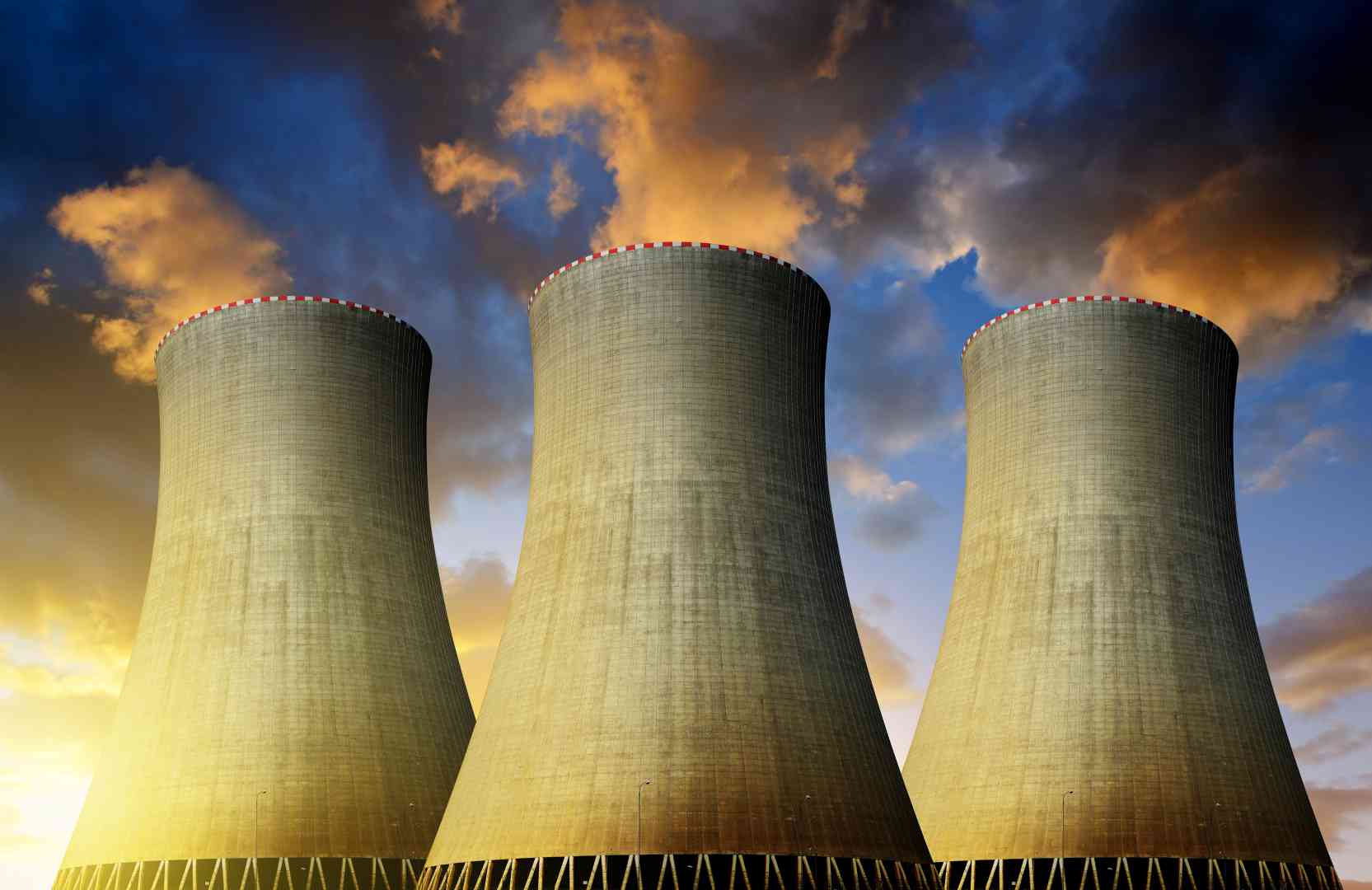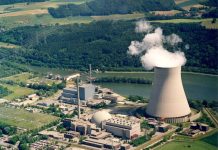He has combined his job as a nuclear engineer with writing and composing hobbies. Thanks to Herod, he has become a science communications expert. He had been a manager of operations and radiation safety of one of the largest research reactors in the world which produced more than billion patient treatments during its lifetime. After winning a fight against cancer, he founded PoetAndEnginneer. Alastair McIvor speaks in an interview with Nuclear.sk.
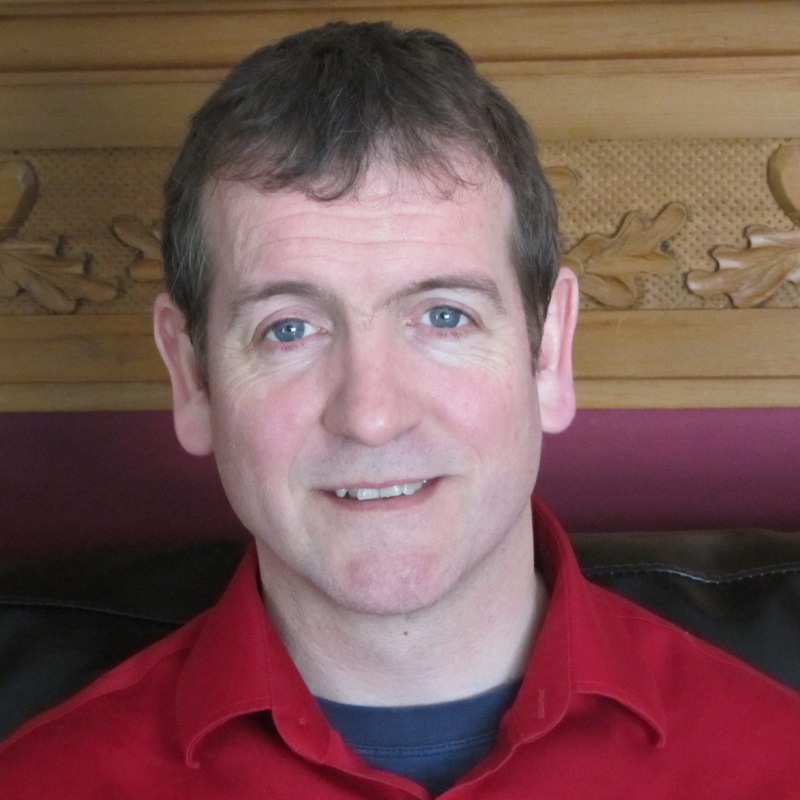
What has brought you as a nuclear professional to start writing about art, science, and nuclear?
Since my childhood I have always enjoyed both art and science. It is a false division that society draws between the two. I think there are rich prospects for creativity in both art and science, the creativity from the heart and the mind. No person is just a heart or just a mind we are all both. My professional life has always been in engineering, with composing and writing as hobbies. Then a few years ago, after a brush with cancer, I started the Poetandengineer blog to give me another outlet for my artistic side.
You´ve spent three decades working in nuclear science and technology. What have you been doing? I believe you were a leader of nuclear operations at research reactor. Am I right?
I have been lucky to enjoy a very varied career. As an engineering student I had a summer job at one of the UK national nuclear labs (all have sadly been shut down now, a huge national mistake that was later identified by a government enquiry). Because of that student experience I got a job in the UK nuclear design industry after I graduated. Seven years later I was head-hunted by Canada’s national nuclear laboratory at Chalk River, to work on probabilistic safety analysis for a variety of research reactor projects. A few years later I played Judas in a production of Jesus Christ Superstar, and in that project I met the director of the neutron diffraction research group at Chalk River (he was playing Herod). He persuaded me to leave engineering and work with him in a science communications role, which gave me more opportunity for creativity. After six years there, I was approached by an executive at Chalk River and offered my first job as a manager. It was working as the representative for two research reactors at the Laboratory, and being the primary interface with the national nuclear regulator, the Canadian Nuclear Safety Commission. I accepted the job at Christmas, and during the holiday there was a huge disagreement between Chalk River and the regulator which resulted in the Canadian government removing the president of the regulator from her role. I started in early January into a very difficult situation.
How did you handle that situation?

It taught me a lot about building trust, and growing professional relationships. After spending a few years writing the corporate plans for the national lab, I worked in the CEO’s office during a time of major restructuring at Chalk River by the federal government. My last role before leaving Chalk River, was as the head of the Operations and Radiation Protection teams at the NRU reactor. NRU stands for “National Research Universal” but everyone who works there just calls it NRU. It is one of the world’s largest research reactors. I am very lucky to have played a role in NRU’s long and amazing story. It was my job to lead the team through the final four years, ending in reactor shutdown on 2018 March 31. That evening in the control room was an emotional time.
Excellent operations begins and ends with people
How to achieve operational excellence in nuclear?
Excellent operations begins and ends with people. By focusing on the people in the team, giving them the tools they need, recognizing they are each unique, with emotions, family and lives outside work; by addressing problems and not hiding from them, by dealing truthfully, listening carefully, and sharing all the information you can, you can bring a team together who are passionate about operating a plant safely, reliably and productively.
What do you do now?
I have been consulting for the past year, but I’m about to embark on another chapter in life, working at the United Nations’ International Atomic Energy Agency, sharing my knowledge of research reactor operation with countries around the world. I will continue to make time to write and compose (and try and finish the novel I started 20 years ago, and try and finish the rock opera I started 10 years ago…)
By focusing on the people in the team, giving them the tools they need, recognizing they are each unique, with emotions, family and lives outside work; by addressing problems and not hiding from them, by dealing truthfully, listening carefully, and sharing all the information you can, you can bring a team together who are passionate about operating a plant safely, reliably and productively.
It´s been a year after the shutdown of NRU reactor. What were its achievements?
NRU was a spectacularly successful science facility. As a research reactor it had a very large core: a vertical cylinder 3 metres high and 3 metres across. That meant it could produce medical isotopes on a massive scale, potentially supplying a large fraction of the world demand if required. Over its lifetime we estimate that a billion patient treatments came out of NRU, which is stunning, particularly when you think there were only 2 or 3 billion people on earth at the time it was first operating (1957). On top of that, it was home to the pioneering work of Bert Brockhouse, recognized by one of Canada’s small number of Nobel Prizes in the twentieth century. He developed a technique using neutron diffraction. Its a scientific method for examining materials at the molecular level, which allows advances in materials of all kinds: glasses, plastics, alloys, semiconductors, ceramics, even biological materials. On top of that, NRU provided the test facilities to develop specialized materials and fuels for use in power reactors. Canada’s fleet of power reactors would not have been built without the knowledge provided by experiments in NRU.
Canada’s fleet of power reactors would not have been built without the knowledge provided by experiments in NRU.
How to produce electricity with no greenhouse gas
One of the experiments at NRU you´ve written about was about how to produce thousands of years of electricity, with no greenhouse gas. So how to do that?
There are two different nuclear technologies that can achieve this goal for humanity. Scientists working in NRU were doing experimental work on both technologies during its final year of operation. Both are interesting stories. I am sure the nuclear physicist who reads my version will wince at how I am simplifying, but too much physics makes for a bad story.
So, what´s the first approach?
The first approach is to use 100% of the uranium that we mine from the ground. Today we don’t. We only use about 1%. Not all uranium atoms are the same. They typically come in two types which have different weights. The most plentiful uranium atoms weigh 238, but about 1% of uranium atoms weigh 235. Every shovel full of uranium ore will have that mixture of uranium in it. Today we build reactors which split apart the uranium-235 and use that energy to boil water, make steam, drive a turbine and turn a generator that makes electricity. The uranium-238 is mostly just padding. Its in the fuel rods too, but it is the 1% of uranium-235 we are really using. We know though, that uranium-238 can go through a nuclear reaction and turn into plutonium-239 which can be used as nuclear fuel (the technology can do this in a way that means the plutonium cannot be used for military purposes).
Reactors that use both the 1% of uranium-235 and the 99% of uranium-238, can generate about a hundred times more energy than reactors today. So the decades of resources in today’s uranium mines turn into 1,000s of years of energy, and what we have been calling “nuclear waste” is instead a valuable resource with 99% of the energy still unused.
what we have been calling “nuclear waste” is instead a valuable resource with 99% of the energy still unused.
What is the second option?
The second approach is similar in some ways, but uses another mineral, thorium. Thorium can also undergo a nuclear reaction and turn into uranium-233, which is then nuclear fuel. Thorium is quite plentiful around the world, and has few other uses. If we develop reactors which use thorium in this way (and Canada has done this for decades at an experimental level) we transform the current thorium deposits around the world into energy sources that also hold the potential for 1000s of years of electricity. Nuclear waste from thorium reactors is less hazardous than today’s nuclear waste, and therefore even easier to deal with. Regular nuclear waste is also easy to deal with but that is another story maybe for later.
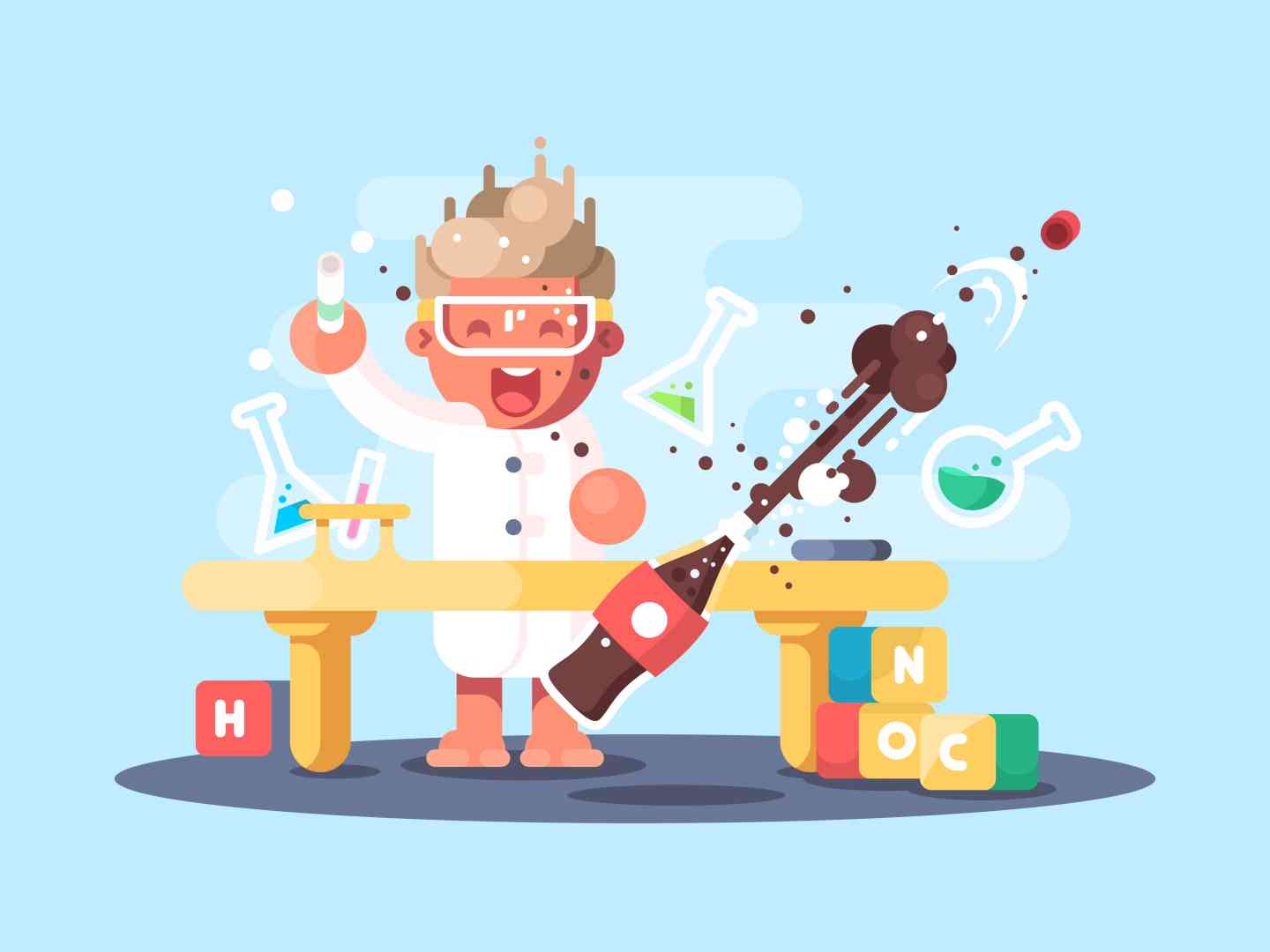
How to poetically talk about atoms
Have you ever written a song or poem on nuclear power?
I have been asked that question before. I haven’t yet written music with a nuclear connection, but it is an interesting concept that I should cultivate. I have written poetry on nuclear themes, but none that I am ready to post on my blog. Here is a draft I am working on, inspired by the title of the recent documentary film from David Schumacher.
The bringer of fire walked this earth so long ago
We had to craft a name for that titan
Who, into the blackness of some unnumbered year
Burst meteoric, with a burning gift of bright terror
First came camp-fires, then steam, then flying machines
Now hail modern Prometheans!
Name them! Hahn! Meitner! Fermi!
Transforming the stuff of this world into energy
Wherein fuel is consumed absolutely. Gone.
We have lived from our sacred flame for centuries
Only today have we understood deeply
How its sooty gas, sucked into clouds, blankets our globe
As unpredictable an experiment as Frankenstein’s
Where are the priests who can perform the incantation?
“Save us O New Fire!”
I am still working on it, but I think there is a kernel of an idea here.
What are the intersection points of nuclear and art?
Human life is always a mixture of art and science. Leading the operation of the NRU reactor is a great example. In that role I needed to be able to tell stories, to show the people in the team that their efforts were having a huge result. I needed to show the picture of the outside world and how our facility was improving the lives of millions. So was it operating a reactor, or creating a narrative? Of course it was both.
On this topic, if you have not read Robert Pirsig’s “Zen and the Art of Motorcycle Maintenance” I highly recommend it.
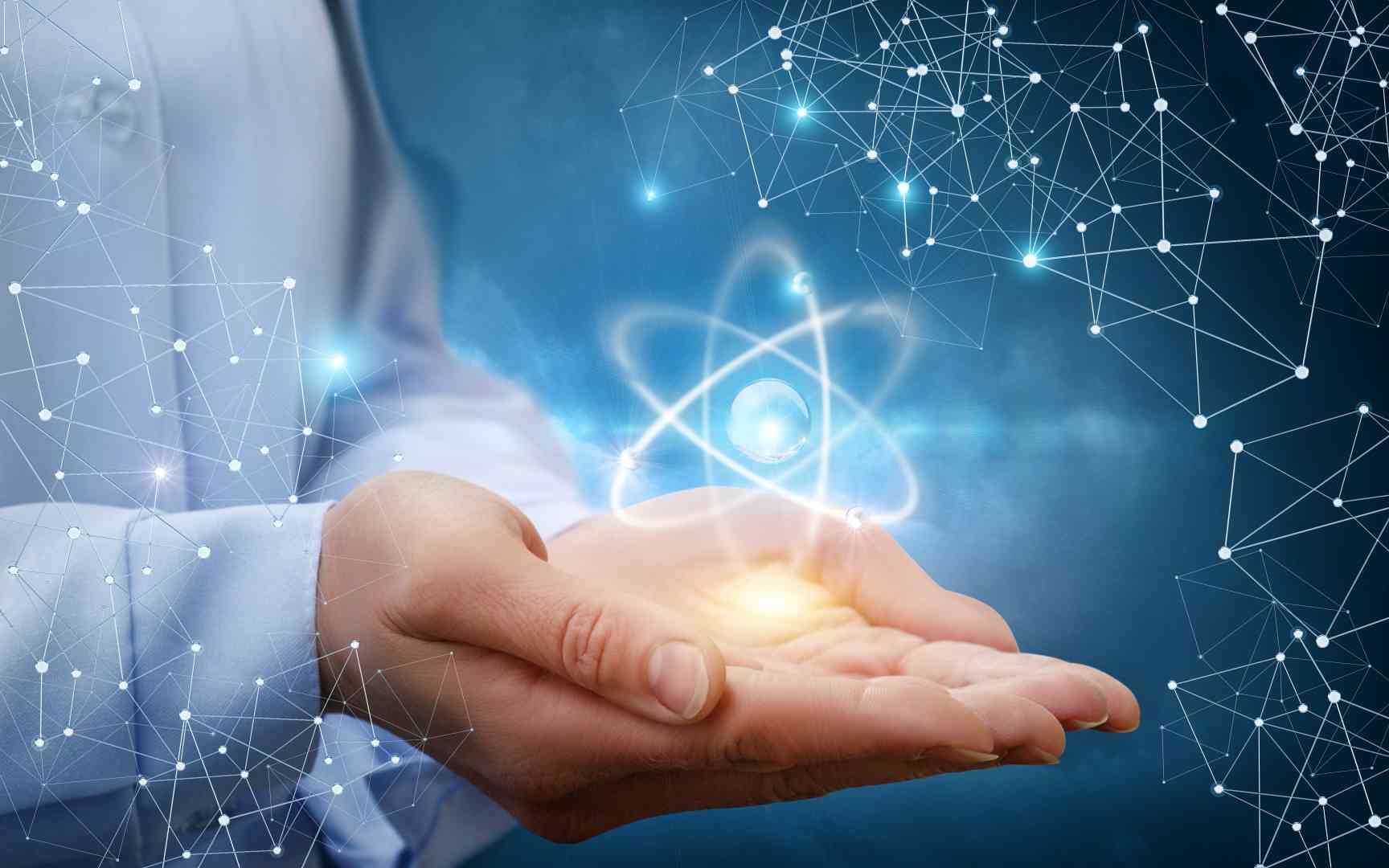
How to overcome fear of the nuclear power
Many people are afraid of nuclear accidents and radioactive waste. How to overcome these fears?
That question is profound. Changing the way large numbers of people feel is difficult, but “how people feel” about nuclear technology is the only barrier preventing that technology from delivering massive benefits to the world. We don’t need new, better technology. We don’t need reductions in cost. We don’t need to improve safety. We need people to feel different.
“how people feel” about nuclear technology is the only barrier preventing that technology from delivering massive benefits to the world.
I love speaking to the public on the topics of nuclear waste and nuclear accidents. Here are some thoughts on those topics.
People are often surprised when I say I feel nuclear waste is one of the single biggest advantages of nuclear power. It benefits from the 40,000,000:1 rule. One atom of uranium splitting creates 40,000,000 times more energy than one atom of carbon burning. That means to create the same amount of energy we need 40,000,000 time less fuel, and we create 40,000,000 time less waste. It’s tiny.
One of the most important messages is “waste ≠ pollution”. In many industries, including the power industry, often waste and pollution are the same thing. In Ontario, a month of electricity from coal would make a cube of carbon dioxide more than a kilometre wide, plus 70,000 tonnes of oxides which make acid rain and 7,000 tonnes of soot. It is such a large volume that it has to be released to the environment. The same amount of electricity from nuclear power creates waste that is just a few metres cubed. So we can easily keep it all. In Canada, every three years the federal government publishes a report which describes where 100% of all radioactive waste is located, including low level waste such as old gloves used in hospitals and labs. What other industry can meet such high standards?
Why is nuclear waste dangerous? Because it is shining x-rays (the physicists call them gamma rays but it is all the same. Another term we can use is “radiation”). We know that x-rays can harm us. The dentist steps out of the room when she takes an x-ray of your teeth. X-rays harm us by making “bad chemistry” happen inside one of our cells. An x-ray can change an atom and cause it to join onto its neighbour, which is not a chemical reaction that our cell was expecting. But that is the same as almost all toxic material in the world. Why don’t we want lead or mercury or arsenic inside us? Because it will make “bad chemistry” happen inside one of our cells. So the hazard is pretty much the same for all toxic material and the solution is also the same: we put the toxic waste in a container. That’s all. Not difficult and not high tech. Nuclear waste in a large concrete box does no harm to us or the environment. We are used to this solution for protecting ourselves from dangerous cleaning products like bleach: keep it safe inside a container. It is interesting to ask why, out of all the toxic material in the world, only the nuclear industry is required by society to prove that the material will be safely stored for 1,000,000 years. For the mercury in a university lab, or the bleach in everyone’s kitchen cupboard there is no 1,000,000 year plan. That is another story for another time.
Nuclear accidents had to do with how people feel about nuclear
The topic of nuclear accidents is important and deserves more public conversation. Of course there are the big three: Three Mile Island (1979), Chernobyl (1986) and Fukushima (2011). Of those, two resulted in levels of radioactive pollution far below anything that would be harmful to people or the environment. It emphasises your original question. The impact of those accidents had nothing to do with a hazard to the public, it had everything to do with how we feel about nuclear technology. The impact was very significant. Three Mile Island stopped the nuclear industry from new-build projects for decades. Fukushima caused the disastrous policy decision in Germany to halt nuclear power and shift to burning coal, harming not just their own citizens but those in neighbouring countries.
I have met three men, one from each of those stations who was present in the control room on the day of each accident. It is very moving to hear them describe their experiences.
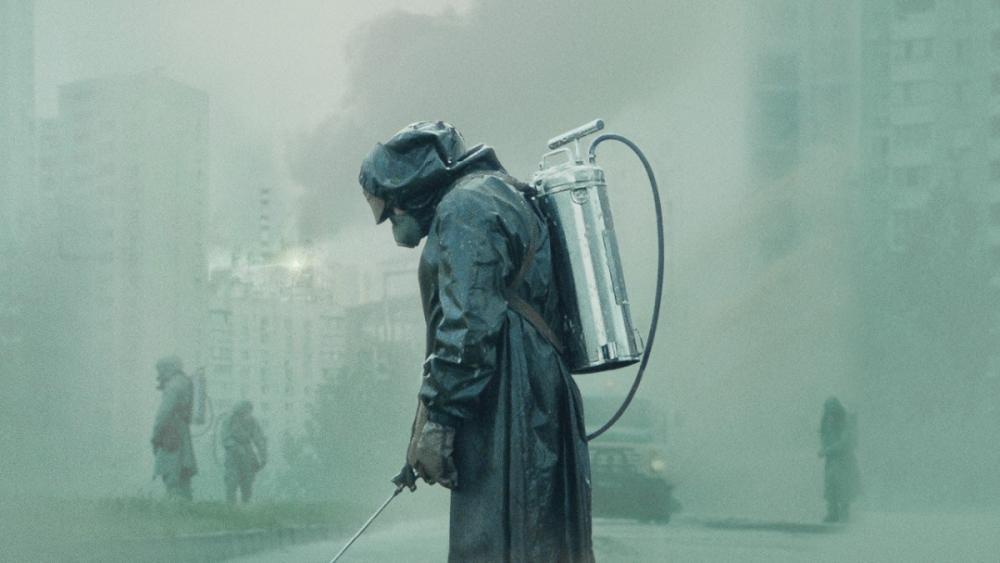 How do you feel about Chernobyl which happened 33 years ago?
How do you feel about Chernobyl which happened 33 years ago?
Chernobyl of course was a true disaster. It shows us a few things. The event itself was a test that was being performed under the supervision of a domineering bully of a man. The reactor needed to be in a very specific configuration before the test. When the reactor operator was unable to get the configuration required, he correctly said that the test could not continue, but the supervisor did not listen, fired the operator from his job and insisted other staff continue. The test made the power in the reactor increase rapidly. That turned lots of water in the reactor to steam. The same way a kettle full of water can fill a room full of steam, the steam produced was trapped in a small space and its pressure literally burst the building open like a balloon.
It is important to know that Chernobyl did not explode like an atomic bomb. It is physically impossible for any reactor to do that.
It is important to know that Chernobyl did not explode like an atomic bomb. It is physically impossible for any reactor to do that. This was just steam pressure bursting out of a container. Chernobyl ejected lots of material that was shining x-ray radiation up into the atmosphere and it was carried across Europe by the wind. Some people were certainly harmed by that radiation. There are a lot of very scary comments made about Chernobyl by people who seem to want to increase fear of the event. We all know how difficult it is sometimes to trust something we have read on the internet. Fortunately, when it comes to Chernobyl, the United Nations assembled a team of scientists from around the world, who study the details of the accident and the people affected. That group is called the UN Scientific Committee on the Effects of Atomic Radiation. Their reports are available for everyone.
The original findings from those scientists was that 48 people died directly from the accident, and over the decades afterwards approximately 4,000 people would have their lives shortened due to cancer. To put that into perspective, in most developed countries about 25% of the population die from cancer, so in the million people living in the area closest to Chernobyl, without the accident 250,000 people would have died from cancer. Chernobyl changed that to 254,000.
Most recently there is evidence that the estimate of 4,000 is too high, and perhaps far fewer people will die as a result. It was a terrible event with tragic consequences for a lot of people. The nuclear industry has taken steps to ensure it is never repeated. Again, that is another story for another time.
OK, let´s try to answer the original question, “How to overcome those fears?”
I think it comes down to humanity. When people share their thoughts and feelings, listen to each other and cooperate, there is a real power which can produce something good for society.
I have worked at Canada’s national nuclear laboratory, with 3,000 other people, for more than 20 years. When I hear critics who live in the area say they feel that the facility is recklessly poisoning the environment, lying to the public about our activities, dumping toxic waste where it can do harm or other such practices; they are not recognizing the reality for the people who work here. It makes it seem that our nuclear facility is run by cartoonish villains, not lifelike, but hell-bent on destroying the world. Instead of course, employees at every nuclear facility are normal people. They have families. They live locally. Here at Chalk River, we enjoy swimming and boating on the river with our children or hiking and camping in the hills. As employees, we have the strongest of motivations to operate to the highest standards.
As employees, we have the strongest of motivations to operate to the highest standards.
A big personal change for me was when I took a job working inside a nuclear reactor. Every day I walked through the doors, into a gigantic building with an operating reactor making about 120,000,000 W of power. I came to understand the details of how the team worked in that environment. It included a hazard that most of us do not experience in our normal lives, radiation. As with any other hazard like electricity or bleach, there are rules to follow and equipment to use which are very effective at keeping everyone safe. Radiation safety became “ordinary work” for me. I saw it every day in my routine. I understood it. I stopped being fearful. I did observe the team’s behaviour with another hazard though that I found fascinating. Because the reactor was constructed in the 1950s there was quite a lot of asbestos present, particularly in insulation on steam pipes and hot equipment. Sometimes asbestos would be discovered unexpectedly during a maintenance job. When that happened, the team reacted very strongly. An asbestos expert might call it an overreaction. They had genuine concern about their health and would express an urgency to get the situation addressed. These people worked with radiation hazards every day, very calmly and very safely, but an unfamiliar hazard could quickly result in a fearful response.
I don’t know how I can pass on to other people the change of heart that I experienced from working daily in a nuclear reactor. If I could put it in a bottle and sell it, the nuclear industry would remove the only barrier left in its way and fulfil its potential to benefit humankind.
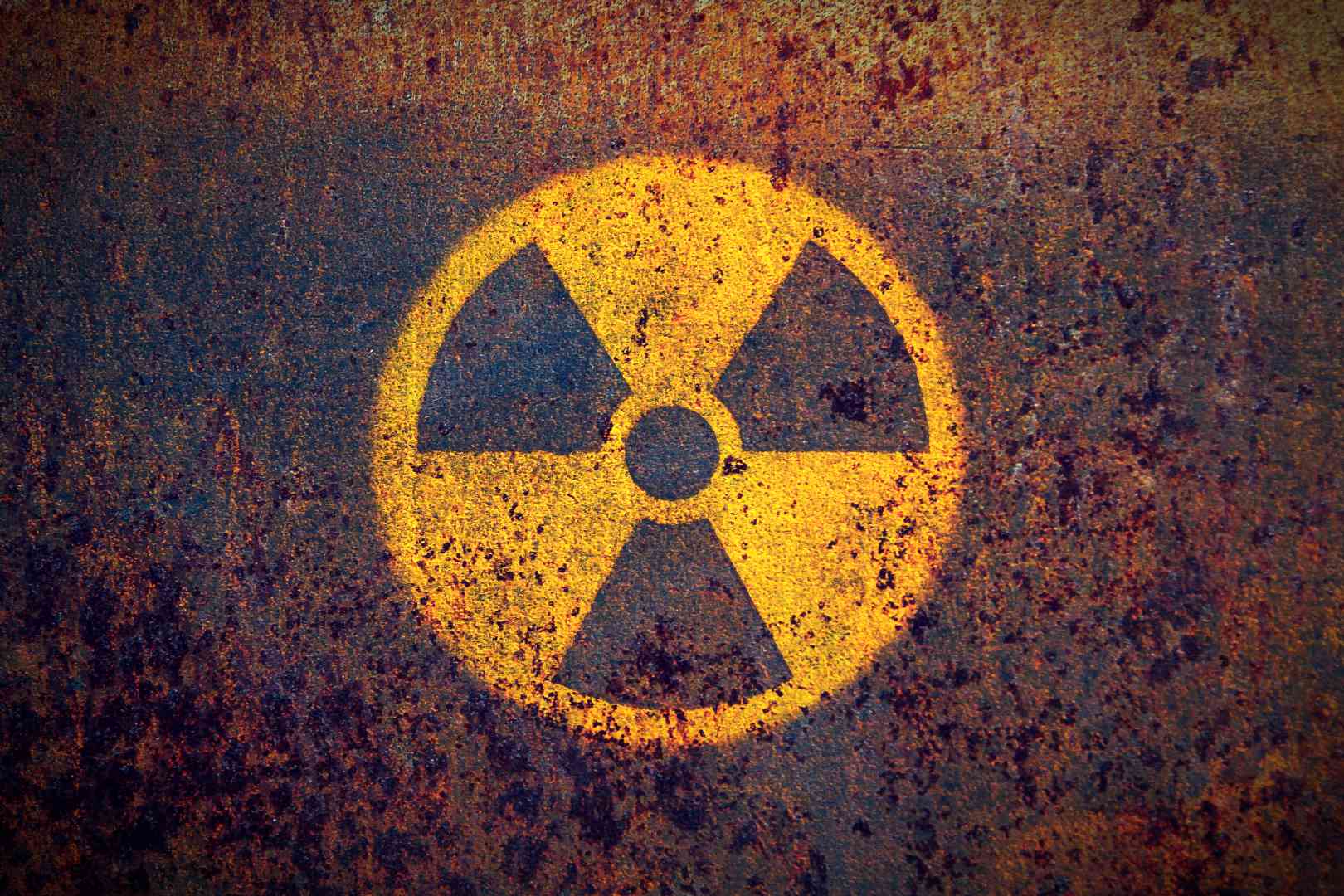
How to decarbonize economies
How to replace fossil fuels and decarbonize economies?
How? Bold leadership.
If we are to be successful in addressing climate change, I agree with Greta Thunberg, we need to treat it like a crisis and act accordingly. That means bold, courageous action by governments. I often wonder about the governments of the mid-twentieth century who made very large investments in hydro dams and nuclear power stations. My home is in the province of Ontario in Canada. With 14 million people and 2,000 km across, it is the size of many countries. In the last century the Ontario government built huge amounts of nuclear and hydro generation as part of the state-owned electrical operation. Those investments required lots of money at the beginning but have delivered decades of cheap electricity afterwards. Governments today seem meek in comparison. In places like the UK or USA the government looks to the private sector to decide about what to build. The private sector will always choose the cheapest option which is often natural gas. Those plants are cheaper to build but more expensive to operate over time, making more expensive electricity (and greenhouse gas).
I studied the international electricity landscape and discovered that there are only eight places on earth with large electrical grids (more than 50 TWh / year) and very low carbon emissions (more than 90% of the electricity is carbon-free). All eight of them use constant hydro or nuclear power (or both) to work alongside intermittent power from wind and solar. Countries want the lights on all the time, and that combination is proven to work. Interestingly all eight have state-owned electrical operators.
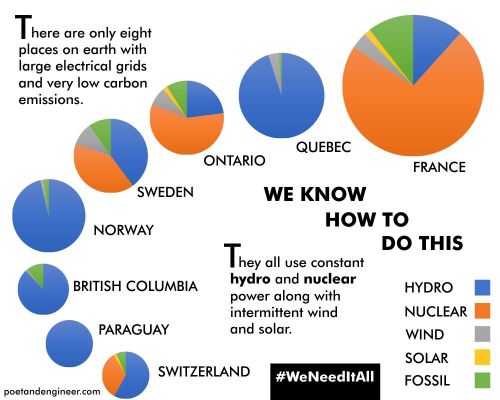 Without bold investments by governments in hydro and nuclear it is not possible to decarbonize.
Without bold investments by governments in hydro and nuclear it is not possible to decarbonize.
Those who advocate 100% wind and solar claim that storing electricity (for times without wind or sun) is a better choice than using constant generation from hydro or nuclear. No country has demonstrated that approach, and when you look at the mathematics for battery storage, the numbers seem impossible. The UK had nine days with almost no wind. They would need a battery that could cover that, perhaps a 15 or 20 day battery to be safe. A 20 day battery (about 20 TWh) is the equivalent of 143,000 of the world’s largest battery (in South Australia) and would cost over $7 trillion.
Instead, I suggest we already know how to do this.
Can nuclear provide energy for future generations?
Of course. It has done for decades. Nothing has changed. Current nuclear technology is excellent and there are a host of new nuclear technologies which are showing great promise for further improvement. As discussed earlier, while nuclear power does depend on a non-renewable resource, uranium and thorium, that resource can provide millennia of electricity which should be enough time for science to harness fusion energy or some future new energy source.

How to encourage young people to study science and technology
In Slovakia, young people are losing interest to study nuclear engineering. What about Canada? Does the country have enough young professionals?
Canada did face a real shortage of young professionals a few years ago, so the nuclear industry and the national nuclear laboratory funded university programs to encourage students to study nuclear technology. I think those efforts were successful. With multi-billion dollar refurbishment projects underway in Ontario to give two large nuclear stations extra decades of life, there are lots of jobs in the sector which encourages more students to choose nuclear.
How to attract young folks to nuclear power? With art? Music? Writing?
The current world-wide movement demanding action to address climate change is a movement that captures both the hearts and the minds of people, young and old. It is based on compassion for young children who cannot speak for themselves, to protect the world they will live in, but it is also a crisis needing a technological solution.
Two leading voices in that movement from opposite sides of the world are Alexandria Ocasio-Cortez in the USA and Greta Thunberg in Europe. I find both inspirational. They are genuine people who are speaking truth to power, with the best interests of society in their hearts. Both are currently proposing solutions that exclude nuclear power, and I have seen some harsh criticism of both of them because of that stance, from people who are supportive of nuclear.
I don’t agree.
The fault does not lie with AOC or Greta. The responsibility must be borne by the nuclear industry. We are the custodians of an amazing technology that is among the safest ways to generate electricity without greenhouse gas, so where were our voices when those two leaders were looking for advice? Why have we been so poor in engaging ordinary men and women around the world?
I think the climate crisis is an opportunity to bring young people to nuclear power, for study, for work, for advocacy. It is an opportunity that the nuclear community can embrace or squander.
images: stock images, Alastair McIvor´s archive, Shutterstock


